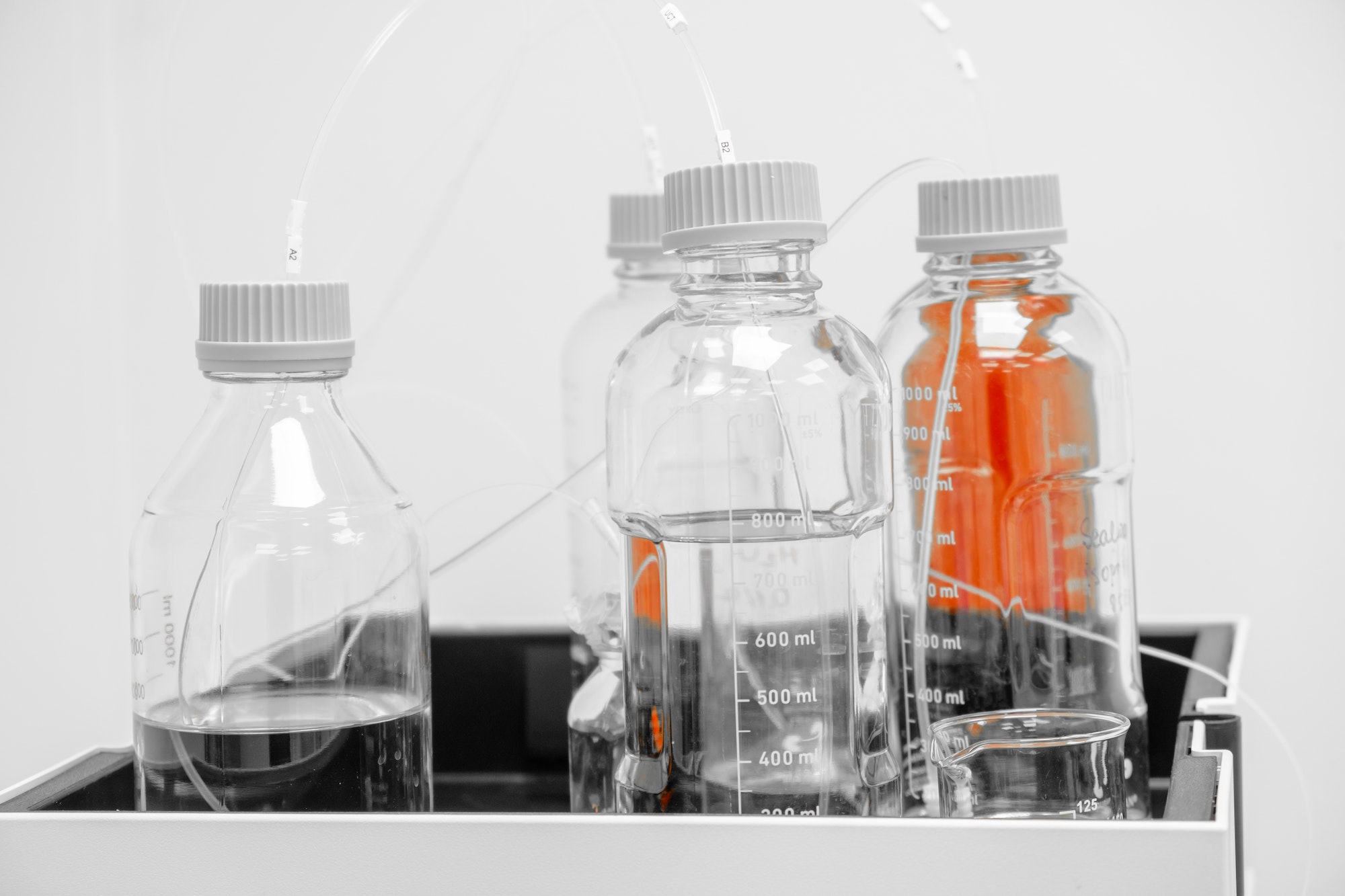Microalgae are microscopic, photosynthetic organisms that can be found in both marine and freshwater environments. These microorganisms have gained significant attention in recent years due to their potential as a source of bioactive compounds, which can be used in various applications such as pharmaceuticals, nutraceuticals, cosmetics, and food additives. Extraction of these valuable compounds from microalgae is an essential step in the process of utilizing them for these purposes.
One of the most commonly used methods for extracting bioactive compounds from microalgae is solvent extraction. This technique involves the use of solvents to dissolve the desired compounds from the cells and separate them from other cellular components. The choice of solvent used is critical, as it can greatly impact the efficiency and selectivity of the extraction process.
There are several factors that need to be considered when selecting a solvent for microalgae extraction. These include the polarity of the solvent, its ability to dissolve the target compound, its toxicity, and its environmental impact. Some commonly used solvents for microalgae extraction include methanol, ethanol, acetone, and hexane.
The efficiency and selectivity of solvent extraction can be further improved by employing various extraction techniques. Some of these techniques include maceration, Soxhlet extraction, ultrasonic-assisted extraction (UAE), microwave-assisted extraction (MAE), and supercritical fluid extraction (SFE).
Maceration is a simple technique that involves soaking the microalgae biomass in a solvent for an extended period of time. This allows the bioactive compounds to dissolve into the solvent, which can then be separated from the biomass. Although this method is simple and cost-effective, it often requires large amounts of solvent and long extraction times.
Soxhlet extraction is a more efficient technique that involves continuously circulating a solvent through a sample of microalgae biomass. This continuous flow of solvent helps dissolve the bioactive compounds more rapidly and effectively than maceration. However, this method also requires large amounts of solvent and can be time-consuming.
Ultrasonic-assisted extraction (UAE) utilizes high-frequency ultrasonic waves to disrupt the cell walls of microalgae, which facilitates the release of bioactive compounds into the solvent. This method has been shown to significantly increase extraction efficiency and reduce extraction times compared to traditional methods.
Microwave-assisted extraction (MAE) uses microwave radiation to heat the solvent and microalgae biomass, which accelerates the extraction process. This technique has been found to be highly efficient and selective, with shorter extraction times and lower solvent consumption compared to other methods.
Supercritical fluid extraction (SFE) is a more advanced technique that involves the use of supercritical fluids, such as carbon dioxide, as solvents. Under supercritical conditions, these fluids exhibit unique properties that allow them to efficiently dissolve and extract bioactive compounds from microalgae. SFE has been shown to be highly effective for extracting certain compounds, such as lipids and carotenoids, from microalgae. However, this method can be more expensive and complex compared to other techniques.
In conclusion, solvent extraction remains a popular method for extracting bioactive compounds from microalgae due to its versatility and adaptability to various extraction techniques. The choice of solvent and extraction technique can greatly impact the efficiency and selectivity of the process, making it essential for researchers and industry professionals to carefully consider these factors when designing their extraction protocols. With continued advancements in technology and a growing understanding of microalgae biology, it is likely that even more efficient and sustainable methods for extracting bioactive compounds from these valuable organisms will be developed in the future.


